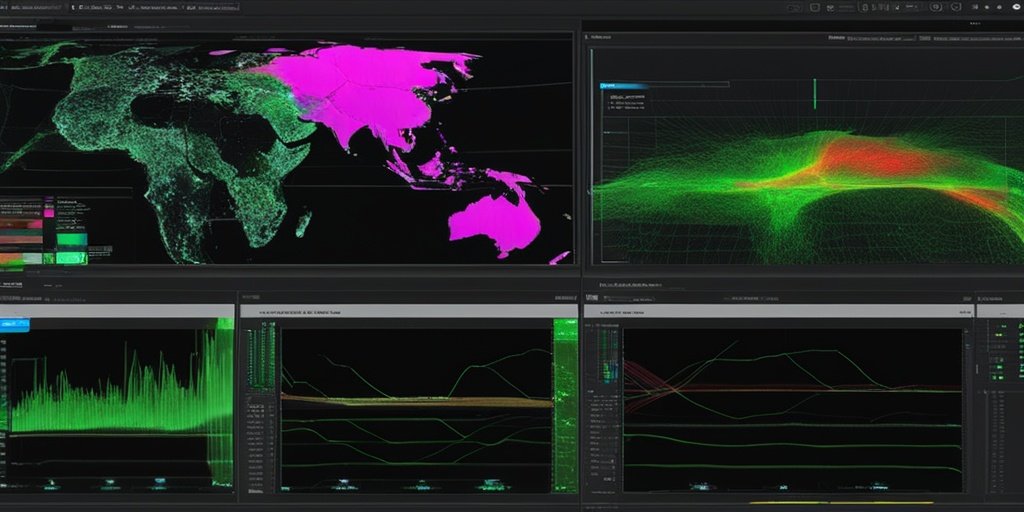⚡ Quick Summary
This preliminary study developed a deep learning-based localization and classification (DLLC) system for focal liver lesions (FLLs) in computed tomography images, demonstrating an impressive overall accuracy of 0.97. The system aims to assist physicians in making more robust clinical decisions regarding liver conditions.
🔍 Key Details
- 📊 Dataset: 1589 patients, 17,335 CT slices, 3195 FLLs
- 🧩 Features used: Computed tomography images
- ⚙️ Technology: Deep learning with generative adversarial networks
- 🏆 Performance: Mean average precision for localization at 0.81, overall classification accuracy at 0.97
🔑 Key Takeaways
- 📊 The DLLC system significantly enhances the localization of focal liver lesions.
- 💡 High accuracy was achieved for lesions ≤3 cm (0.83) and >3 cm (0.87) in localization.
- 👩🔬 Classification accuracy reached 0.95 for lesions ≤3 cm and 0.97 for lesions >3 cm.
- 🏥 Non-invasive diagnosis could improve clinical decision-making for hepatologists and radiologists.
- 🌍 Study conducted from January 2004 to December 2020.
- 🆔 Approval number: EMRP-109-058.

📚 Background
Focal liver lesions (FLLs) present a diagnostic challenge due to their subtle and complex features in computed tomography (CT) images. Traditional interpretation relies heavily on the subjective judgment of physicians, which can lead to variability in diagnosis. The integration of deep learning technologies into medical imaging offers a promising avenue for enhancing diagnostic accuracy and consistency.
🗒️ Study
This study involved a retrospective analysis of CT images from 1589 patients, focusing on the development of a deep learning-based localization and classification (DLLC) system for FLLs. The dataset comprised 17,335 slices, with annotations provided by annotators of varying experience levels. The researchers employed generative adversarial networks for data augmentation, enhancing the training process of the DLLC system.
📈 Results
The DLLC system achieved a mean average precision of 0.81 for localization and an overall classification accuracy of 0.97. Specifically, for lesions ≤3 cm, the localization accuracy was 0.83, while for lesions >3 cm, it was 0.87. The classification accuracy was also notable, with 0.95 for lesions ≤3 cm and 0.97 for lesions >3 cm, indicating the system’s robustness across different lesion sizes.
🌍 Impact and Implications
The findings from this study have significant implications for the field of hepatology and radiology. By providing a non-invasive and accurate diagnostic tool, the DLLC system can enhance clinical decision-making, potentially leading to better patient outcomes. The integration of such advanced technologies into routine practice could standardize the interpretation of liver lesions, reducing the variability associated with human judgment.
🔮 Conclusion
This study highlights the transformative potential of deep learning in medical imaging, particularly for diagnosing focal liver lesions. The DLLC system not only demonstrates high accuracy but also represents a step towards more objective and reliable diagnostic processes in healthcare. Continued research and development in this area could pave the way for broader applications of AI technologies in various medical fields.
💬 Your comments
What are your thoughts on the use of deep learning for diagnosing liver lesions? We invite you to share your insights and engage in a discussion! 💬 Leave your comments below or connect with us on social media:
Automatic localization and deep convolutional generative adversarial network-based classification of focal liver lesions in computed tomography images: A preliminary study.
Abstract
BACKGROUND AND AIM: Computed tomography of the abdomen exhibits subtle and complex features of liver lesions, subjectively interpreted by physicians. We developed a deep learning-based localization and classification (DLLC) system for focal liver lesions (FLLs) in computed tomography imaging that could assist physicians in more robust clinical decision-making.
METHODS: We conducted a retrospective study (approval no. EMRP-109-058) on 1589 patients with 17 335 slices with 3195 FLLs using data from January 2004 to December 2020. The training set included 1272 patients (male: 776, mean age 62 ± 10.9), and the test set included 317 patients (male: 228, mean age 57 ± 11.8). The slices were annotated by annotators with different experience levels, and the DLLC system was developed using generative adversarial networks for data augmentation. A comparative analysis was performed for the DLLC system versus physicians using external data.
RESULTS: Our DLLC system demonstrated mean average precision at 0.81 for localization. The system’s overall accuracy for multiclass classifications was 0.97 (95% confidence interval [CI]: 0.95-0.99). Considering FLLs ≤ 3 cm, the system achieved an accuracy of 0.83 (95% CI: 0.68-0.98), and for size > 3 cm, the accuracy was 0.87 (95% CI: 0.77-0.97) for localization. Furthermore, during classification, the accuracy was 0.95 (95% CI: 0.92-0.98) for FLLs ≤ 3 cm and 0.97 (95% CI: 0.94-1.00) for FLLs > 3 cm.
CONCLUSION: This system can provide an accurate and non-invasive method for diagnosing liver conditions, making it a valuable tool for hepatologists and radiologists.
Author: [‘Gupta P’, ‘Hsu YC’, ‘Liang LL’, ‘Chu YC’, ‘Chu CS’, ‘Wu JL’, ‘Chen JA’, ‘Tseng WH’, ‘Yang YC’, ‘Lee TY’, ‘Hung CL’, ‘Wu CY’]
Journal: J Gastroenterol Hepatol
Citation: Gupta P, et al. Automatic localization and deep convolutional generative adversarial network-based classification of focal liver lesions in computed tomography images: A preliminary study. Automatic localization and deep convolutional generative adversarial network-based classification of focal liver lesions in computed tomography images: A preliminary study. 2024; (unknown volume):(unknown pages). doi: 10.1111/jgh.16803